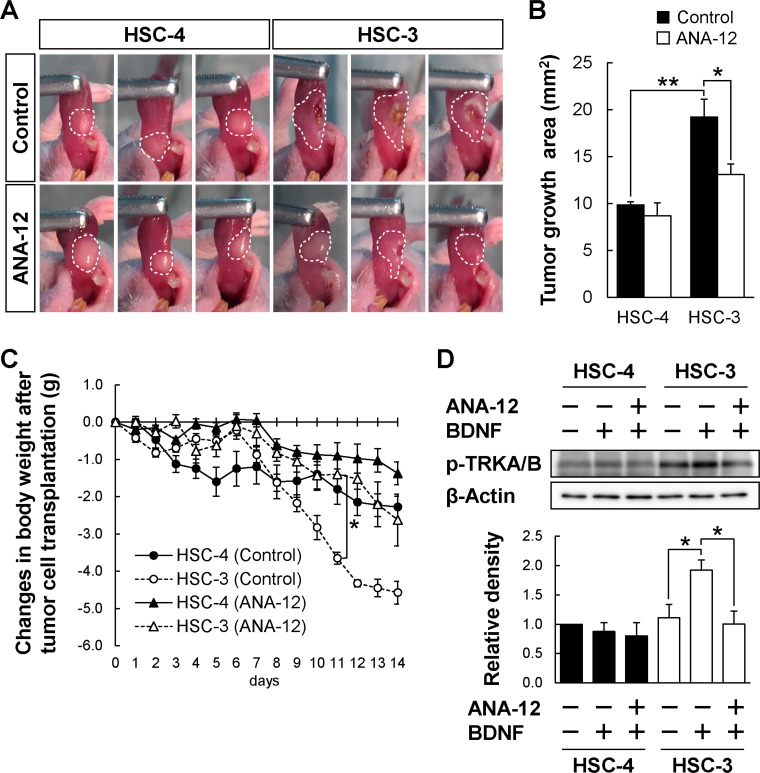Figure 6. Reduced HSC-3 tumor growth in mice administrated a TRKB-specific inhibitor.
(A–C) The effect of ANA-12, a specific TRKB inhibitor, on the tumor growth of HSC-4 and HSC-3 tumor cells in vivo. BALB/cSlc-nu/nu mice were orthotopically transplanted with these two tumor cell lines and intraperitoneally administrated control (DMSO) or ANA-12 (0.5 mg/kg, every 12 hours) 24 hours after the transplantation. The tumor growth areas in the tongues were photographed at day 14 after the transplantation (A). Histograms show the means ± SEM (control, filled bar; ANA-12, open bar; n = 4 in each group) of the tumor growth area (mm2) (B). **P < 0.01 and *P < 0.05. (C) Changes in body weight after the tumor cell transplantation. The body weights were measured every day after the transplantation (control, solid line; ANA-12, dashed line; HSC-4, filled circle or triangle; HSC-3, open circle or triangle; n = 4 in each group). **P < 0.01. (D) The effect of ANA-12 on the BDNF-induced phosphorylation of TRKB was examined by Western blot analysis using anti-phospho-TRKA/B antibody. Cultured HSC-4 and HSC-3 cells were pre-treated with ANA-12 (10 μM) for 1 hour, and subsequently cultured for 20 minutes in the presence or absence of BDNF (100 ng/mL). β-Actin was used as the loading control. Histograms show the means ± SEM (three independent experiments) of the densitometry analyses of the blot (HSC-4, solid bar; HSC-3, filled bar) as a ratio against control value. Note: BDNF-induced TRKA/B phosphorylation and suppression of the phosphorylation were observed only in HSC-3 cells but not in HSC-4 cells. *P < 0.05.

